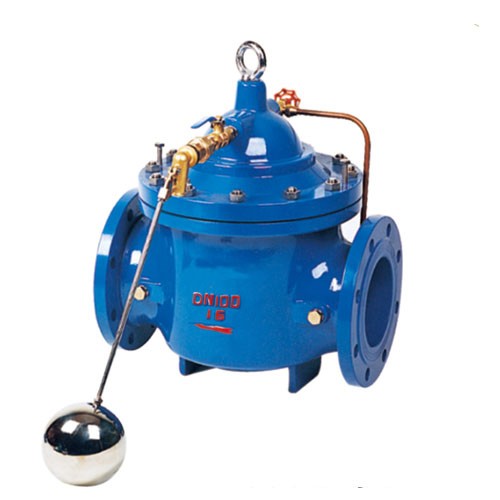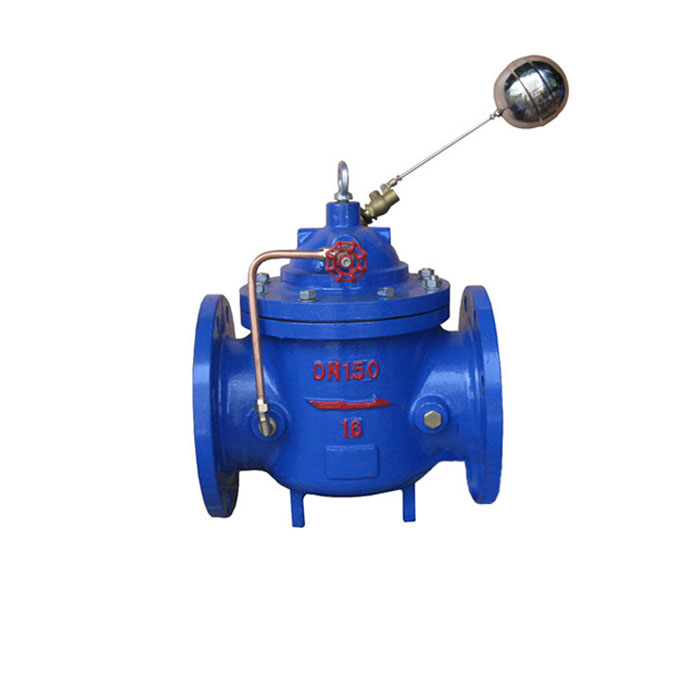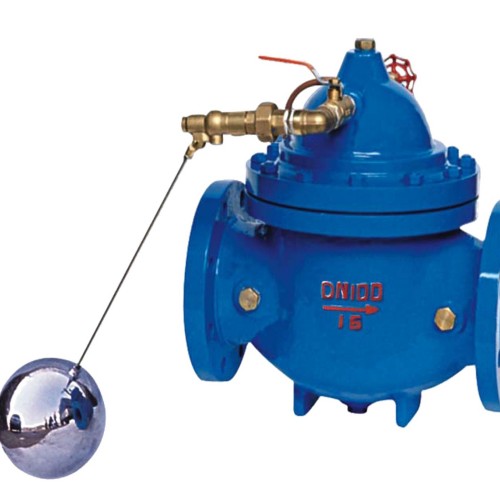High-Performance Remote Ball Valve for Precise Flow Control
In the ever-evolving field of fluid automation and smart control, remote ball valve technology is surging into mainstream industrial, commercial, and municipal applications. Whether you require a remote control ball valve for water systems, or a remote actuated ball valve for precise process control, the ability to seamlessly operate critical valves from a distance enables safer, smarter, and more cost-efficient management. This article explores the latest industry trends, provides in-depth technical and application insights, and highlights China’s leading manufacturer, Hebei Yaosheng Import and Export Trading Co., Ltd, for premium remote-operated valve products.



1. What is a Remote Ball Valve?
A remote ball valve is an industrial valve mechanism in which a ball-shaped disc regulates fluid passage. Unlike conventional ball valves that require local manual operation, remote ball valves are equipped with actuators (pneumatic, electric, or hydraulic) and control modules, facilitating operation from a centralized control room, remote computer, or mobile application. By integrating protocols for automated response, remote actuated ball valves empower industries with real-time, off-site regulation, boost safety, and reduce downtime.
- Alternate terms: remote operated ball valve, remote control ball valve, automated ball valve.
- Key distinction: Remote operation via electrical, pneumatic, or networked control system.
- Application spectrum: Waterworks, chemical plants, petroleum industry, food processing plants, intelligent buildings, municipal infrastructure, and more.
2. Industry Trends for Remote Ball Valves in 2024
Remote ball valve adoption is accelerating due to trends in industrial IoT (IIoT), smart grid integration, and the increased demand for "unmanned" plant operations. Digitalization and edge-computing protocols (e.g., Modbus, Profibus, BACnet) are pushing valve automation toward real-time monitoring, predictive maintenance, and cyber-secure remote actuation.
- 2024 Market Growth: According to Valve World Expo, demand for smart valves including remote ball valve models will grow over 9% CAGR 2024-2029.
- Key Trends: IoT integration, wireless actuation, energy-efficient motors, data-driven predictive analytics.
- Industry Forums: For current debates on remote actuated ball valve reliability and standards see Valve World Net.
- Recent Research: Ball valve automation and remote control strategies reviewed by journals such as Digital Journal of Automation
3. Core Technical Parameters and Comparison: Remote Ball Valve Market Survey
| Model | Actuator Type | Size Range (DN/mm) | Body Material | Pressure Class (MPa) | Media | Use Temperature (℃) | End Connection | Control Protocol |
|---|---|---|---|---|---|---|---|---|
| 100X Remote Ball Cock | Electric / Hydraulic | DN32-600 | Cast Iron | 1.0–2.5 | Water/Clear Water | ≤80℃ | Flange | Wired / PLC / Modbus |
| RSV-E500 | Electric | DN50-400 | Stainless Steel/Brass | 1.0–1.6 | Water, Oil, Gas | -20 – 120℃ | Screwed/Flanged | Wireless / BACnet |
| PXQ Pneumatic Remote Valve | Pneumatic | DN15-250 | Stainless Steel | 1.6–4.0 | Corrosive Fluids | -10 – 180℃ | Flange | PLC / Bus |
| BQX-Remote Smart Valve | Electro-Pneumatic | DN20-300 | Ductile Iron | 1.0–2.5 | Potable, Wastewater | 0 – 85℃ | Flange | Wireless / IoT API |
4. Featured Product: 100X Remote Ball Cock 100X Manufacturer China
- Medium: Water, clear water
- Use temperature: ≤80℃
- Caliber (DN): 32–600 mm
- Pressure: 1.0–2.5 MPa
- Body Material: Cast iron
- Connection Method: Flange
5. Company Profile: Hebei Yaosheng Import and Export Trading Co., Ltd
Contact Us:
Website: www.hbysvalves.com
Phone: 86-312-8695888
Email: info@hbysindustry.com
Mobile: 86-13722963501
Address: North Guzhuangying Village ,Ansu Town, Xushui District, Baoding City, Hebei Province, China
6. Application Scenarios: Where Are Remote Ball Valves Used?
Remote ball valves, whether termed as remote operated ball valves or remote control ball valves, offer versatile and secure fluid management in numerous settings.
Key Application Areas:
- Water Supply and Distribution: Precise control in municipal and rural water networks via remote SCADA systems.
- Industrial Automation: Centralized regulation of process lines in food & beverage, pharmaceuticals, and semiconductor plants.
- Fire Protection Systems: Rapid isolation and actuation during emergencies, ensuring system safety.
- Building Automation: Smart buildings employ remote ball valve networks for water and HVAC zoning.
- Energy Utilities: Remote oil, gas, and steam line actuation minimizes manual exposure and maintenance costs.
- Chemical Plants: Automated leak control and batch management; integration with DCS and process safety.
7. Key Benefits of Remote Ball Valve Technology
- Centralized Control: Manage hundreds of valves from a single dashboard, with real-time status feedback.
- Safety & Compliance: Reduces exposure to hazardous areas and supports remote emergency shutdowns.
- Operational Efficiency: Minimizes downtime and maintenance intervention; enables predictive diagnostics.
- Scalability: Easily expand or reconfigure valve networks with minimal onsite adjustment.
- Integration: Seamlessly connects with IIoT platforms, SCADA, BMS, and custom PLC systems.
8. Frequently Asked Questions (FAQ) – Remote Ball Valve Technology
Technical Q&A
A: Most remote ball valves use cast iron, ductile iron, stainless steel, or brass. Choice depends on compatibility with the process medium and required pressure class.
A: Standard sizes cover DN15 up to DN600 (½" to 24") or higher on custom order, as seen with 100X Remote Ball Cock.
A: Via electric, pneumatic, or hydraulic actuators, interfaced with local PLCs, SCADA systems, DCS, or wireless IoT gateways implementing protocols such as Modbus, BACnet, or MQTT.
A: Most installations adhere to ASTM, API, DIN/EN, and ISO valve/flange standards to ensure global compatibility.
A: Working pressure typically ranges 1.0–2.5MPa; high-performance designs handle up to 4.0MPa or more when specified.
A: Modern remote operated ball valves incorporate encrypted communication (TLS, VPN), user authentication, and firewall support for cybersecurity.
A: Periodic actuator inspections, feedback sensor calibration, and valve cleaning. Predictive maintenance via data analysis is increasingly popular (Valve Magazine).
9. Why Choose Hebei Yaosheng Import and Export Trading Co., Ltd for Your Remote Ball Valve Needs?
- Advanced Manufacturing: In-house casting, precision machining, and strict quality checks on all remote ball valve products.
- Comprehensive Support: Expert engineering teams provide system integration advice, technical training, and after-sales troubleshooting.
- International Certification: ISO 9001, CE, and featured ratings in multiple global market assessments.
- Fast Global Logistics: Secure supply chain reaching North America, Europe, Middle East, Asia Pacific, and beyond.
- Customization: Solutions tailored for unique environments or challenging media specifications.
10. How to Select the Right Remote Ball Valve?
Key selection criteria include:
- Process Media: Choose body and seal materials compatible with water, oil, corrosives, or steam.
- Pressure & Temperature Ratings: Ensure match with system parameters (100X supports 1.0–2.5MPa, ≤80℃).
- Connection Type: Flange, threaded, or welded based on pipeline design.
- Actuator Type: Electric, pneumatic, or hydraulic, based on available plant utilities and control preferences.
- Network Integration: Confirm support for your automation protocols (Modbus, Profibus, Wireless IoT).
- Availability of After-sales Service: Ensure global support and spare part supply.
11. Data Visualization and Analytics in Remote Ball Valve Selection
With the digitalization of remote actuated ball valves, data analytics help optimize valve maintenance, predict faults, and fine-tune process control. Enterprise SCADA platforms now feature remote status visualizations, actuator health monitoring, and automatic diagnostic reporting.
12. References & Industry Insights
- Valve World Net, Industry Forum: https://www.valve-world.net
- Digital Journal of Automation, ScienceDirect: https://www.sciencedirect.com/science/article/pii/S2352938518306019
- Valve Magazine – Remote Valve Monitoring: https://www.valvemagazine.com/index.php/news/editor-s-picks/8894-automation-in-remote-valve-monitoring
- ASTM Standards Organization: https://www.astm.org
- API Global Standards: https://www.api.org/
- Valve World Expo, Market Analytics: https://www.valveworldexpo.com
-
The Key to Fluid Control: Exploring the Advantages of Ball Valves in Industrial SystemsNewsJul.09,2025
-
The Versatile World of 1, 2, and 3 Piece Ball ValvesNewsJul.09,2025
-
Stainless Steel Ball Valves: The Ideal Choice for Efficient Flow ControlNewsJul.09,2025
-
Optimizing Fluid Control with Ball Float ValvesNewsJul.09,2025
-
Manual Gate Valves: Essential for Control and EfficiencyNewsJul.09,2025
-
Everything You Need to Know About Butterfly ValvesNewsJul.09,2025
-
The Versatility of Wafer Type Butterfly ValvesNewsJul.08,2025




